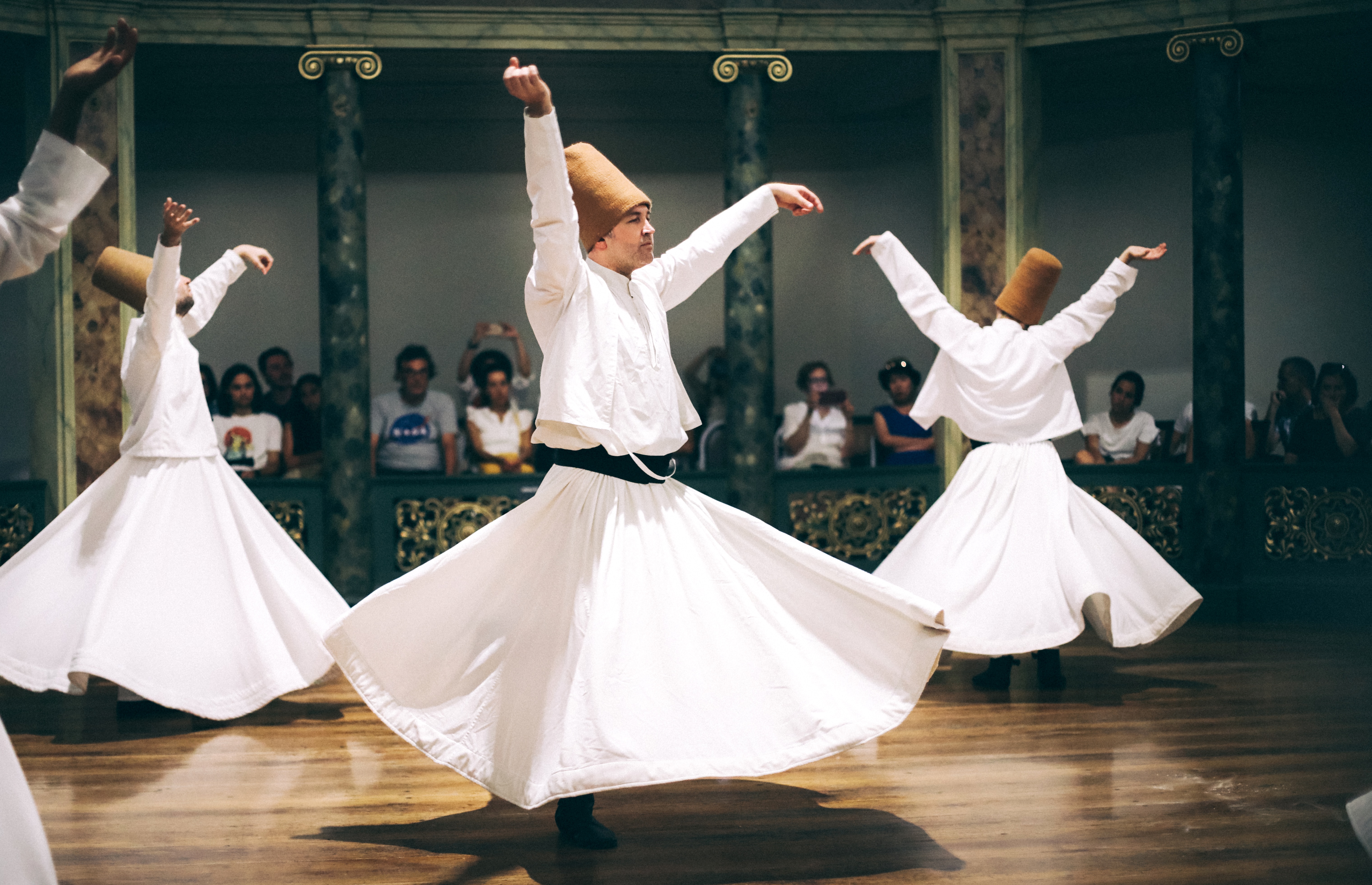If there ever was an award for the catchiest name for a WhatsApp group, I would give it to the person who coined “When in Doubt Dance.” It’s the dance group I belong to and it’s been close to 18 months now since I took to the dance floor—but not without encountering several doubts.
The credit for my tryst with dancing goes to a friend of mine who was celebrating his 50th birthday at a seaside resort. A group of friends had come rehearsed to surprise my friend with a Bollywood dance which we performed with a lot of fanfare. But, if there was an awkward moment of truth, it was later on, on the dance floor when guests were shaking a leg to the sound of Saturday Night Fever. Here was a woman, in dark glasses, who moved from the other end of the dance floor, got hold of my hand and prompted me to do the Jive. It took me a good ten seconds to realise this was my friend’s 70-plus year old mother, and what followed was a scene that can at best be described as embarrassingly clumsy.

Where there is a will, there is a way. Fortunately, around that time, it occurred to me that the Royal Bombay Yacht Club held Latin and Ballroom dance classes. So, I landed up there, determined to get it right once and for all and fortunately, I discovered Salome Roy Kapur, an amazingly talented woman, a dance teacher par excellence, and someone I would simply describe as grace personified. Thus began my journey with ballroom dances like the Foxtrot and Rock and Roll; Latin dances such as Cha Cha Cha, Meringue, Rumba; line dances like the Hustle; group dances like the Hora, and many more.
Of all the performing arts, dance is one of the most intricate arts to perform. Not only does it involve physical movements, it requires synchronisation with a beat and spontaneity. It is in dance that all faculties of the human body and senses are put into play. In dance, one is spoilt for choice of forms in quite the same way one is with genres in music. Dance forms include Ballroom, Afro-American and Traditional Jazz, Worldwide such as Salsa and Flamenco, Classical Western dances such as the Ballet, Classical Indian dances such as Kathak and Bharatnatyam, Folk dances such as Hora, Hula, Garbha, Bhangra, Contemporary Modern dance, Hip-hop and Bollywood.
The question that needs to be answered is why people take to dancing. Dance is a great stress buster, a relaxation technique that not only results in the release of positive emotions but is also an exercise in tensing and relaxing one’s body. If you dig deeper, you might stumble on a spiritual connect. Jalaludin Rumi, the Sufi mystic from Turkey perfected the dance of Sema or the dance of the whirling dervishes in which the seeker turns to truth to abandon the ego. In traditional Indian culture, the dance of Lord Shiva is seen as the representation of creation and destruction of the cosmos.

All said, dance means different things to different people. In the early 80s, Sam Walton, founder of Walmart, threw a challenge to his management team to clock an 8% growth rate, and in return offered to perform the Hawaiian dance, the Hula, on Wall Street. The story, as you might guess by now, saw Sam Walton Doing the Hula on Wall Street. The famed Indian guru Osho, who introduced dance as a form of meditation, once said “Dancing is not just a movement. When a movement becomes ecstatic then it is dance… something breaks down inside you, the barriers are lost; you become one unity.” In South Africa, after the fall of the apartheid regime, it was dance diplomacy that helped integrate S. Africa with the rest of the world. In the entertainment industry, Bollywood would not be Bollywood if it weren’t for its choreographed dances.

Dance scores where linguistics fail. It is a source of joy and contentment for young and old alike and comes with significant health benefits. Recently, the New York Times confirmed the health benefits of dancing in a piece titled Is Dancing the Kale of Exercise? The article cited several medical research reports including one that appeared in the Frontiers in Human Neuroscience indicating dancing to enhance a person’s cognitive functions and lowering the risk of dementia.
So, if you have any doubts about dancing, the easy thing to remember is that shyness is not an excuse to loosen up. My maiden attempt at learning dancing was not just after my friend’s 50th birthday; it actually was just after Saturday Night Fever was released. John Travolta had started a revolution of sorts and I didn’t waste any time in signing up to learn the Jive. But lack of practice and avenues to test your skills was a deterrent and my attempts were short-lived. There were several occasions during these intermittent decades when I dreamt of taking the plunge again but did not. The moral of this story is that you don’t have to be a John Travolta to hit the floor, and that if you take up dancing you should do so for the sheer joy it brings. Once you start, it won’t be long before you dance as if no one is watching.
Want to share your story of how you thrive? Write to us at [email protected]


